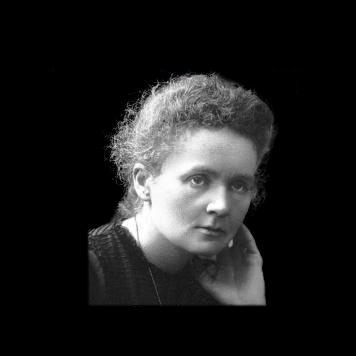◊
◊
◊
◊



| Cm | Z = 96 | ◊ ◊ ◊ ◊ ◊ |
Curium | |
| Named after French "Marie and Pierre Curie" | ||||
| (AM) Atomic Mass | 247 amu | ♦ | +3 | |
| n/a | ♦ | 1340 °C | ||
| n/a | ♦ | Hexagonal | ||
| n/a | ♦ | n/a | ||
| Solid | ♦ | (C) Heat Capacity | n/a | |
| Electronic-Config | [Rn] 5f7 6d1 7s2 | ♦ | 580.84 kJ/mol | |
| n/a | ♦ | n/a | ||
| 1944 | ♦ | Argon Nat. Lab | ||
| (E°) Standard Potential | Cm3+⇔ Cm (-2.040 V) | |||
| Stable isotopes | None. All isotopes are man-made and radioactive | |||
| Discovered/Synthesized by | Glenn T. Seaborg, Ralph A. James, Albert Ghiorso | |||
| Natural Source | Not found in nature, man-made, synthetic | |||
| Common Uses | Scientific instruments, mineral analyzers | |||
| Other Info | Highly radioactive and it glows red in the dark | |||
Previous Element |
 |
Next Element |
||
| Back to Table |
Common Properties |
|||
| Home Page |
Definitions |
|||